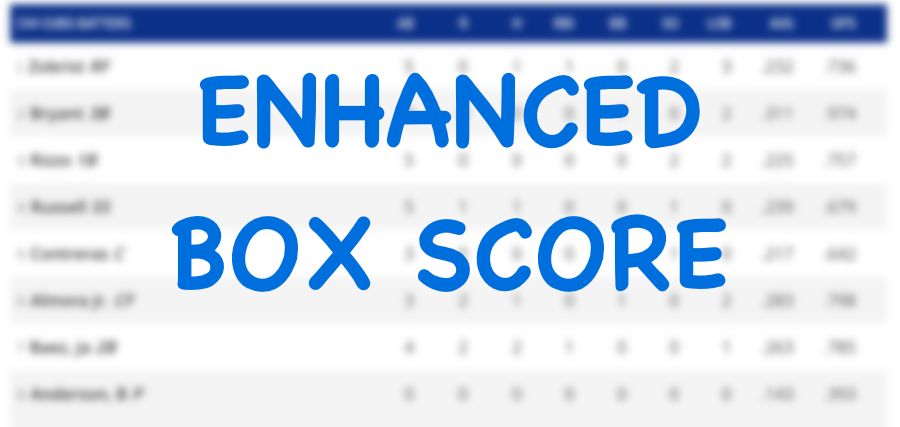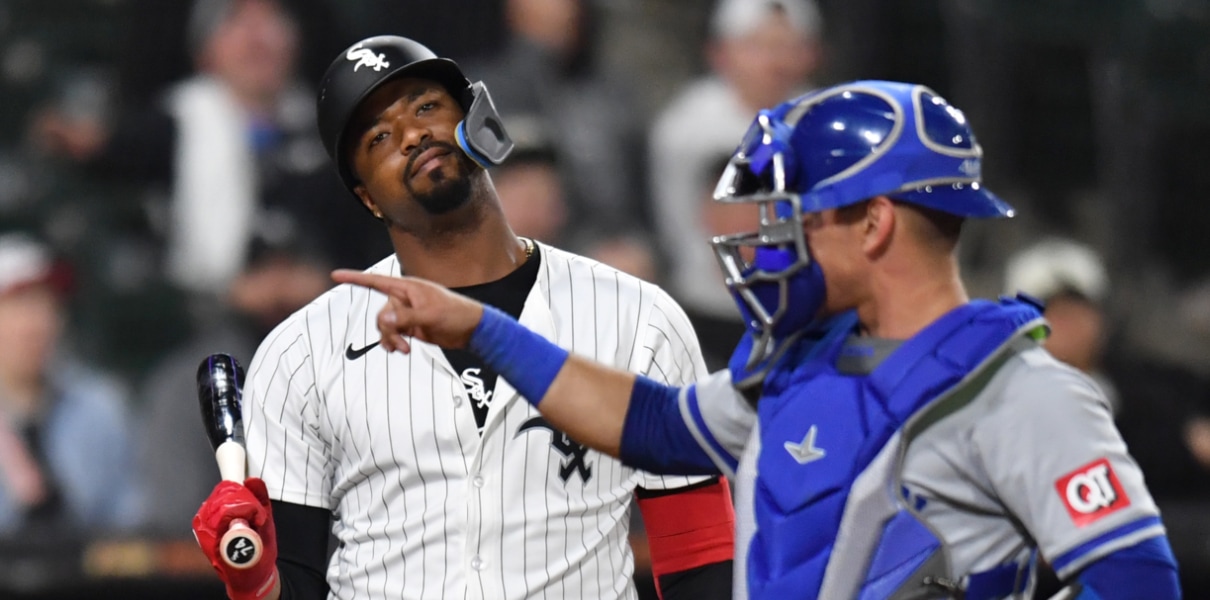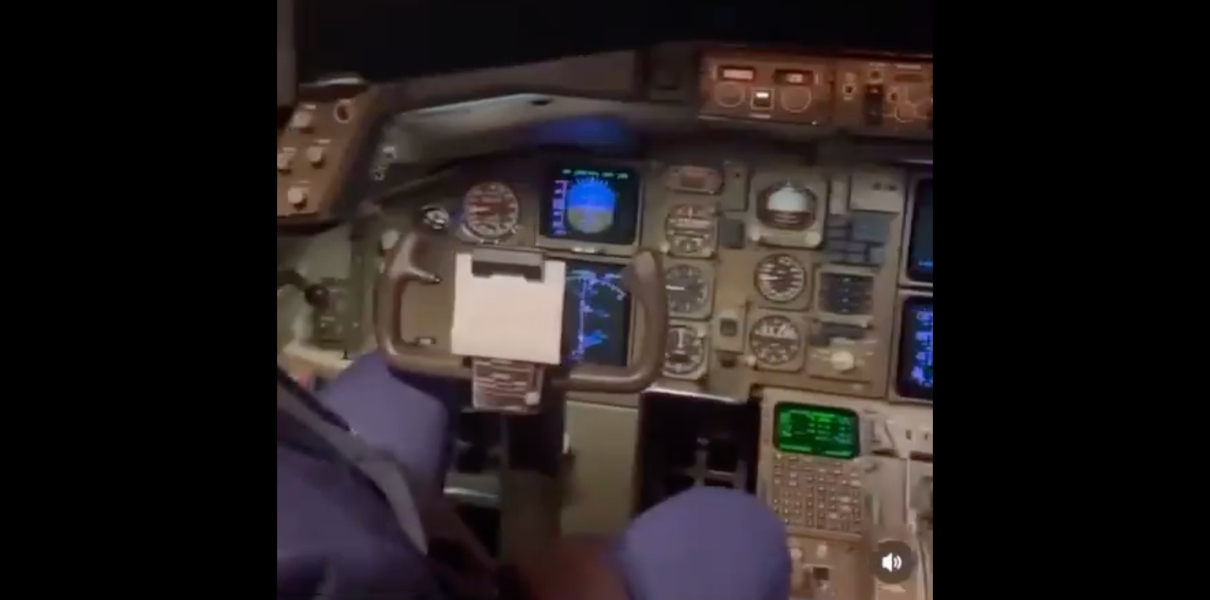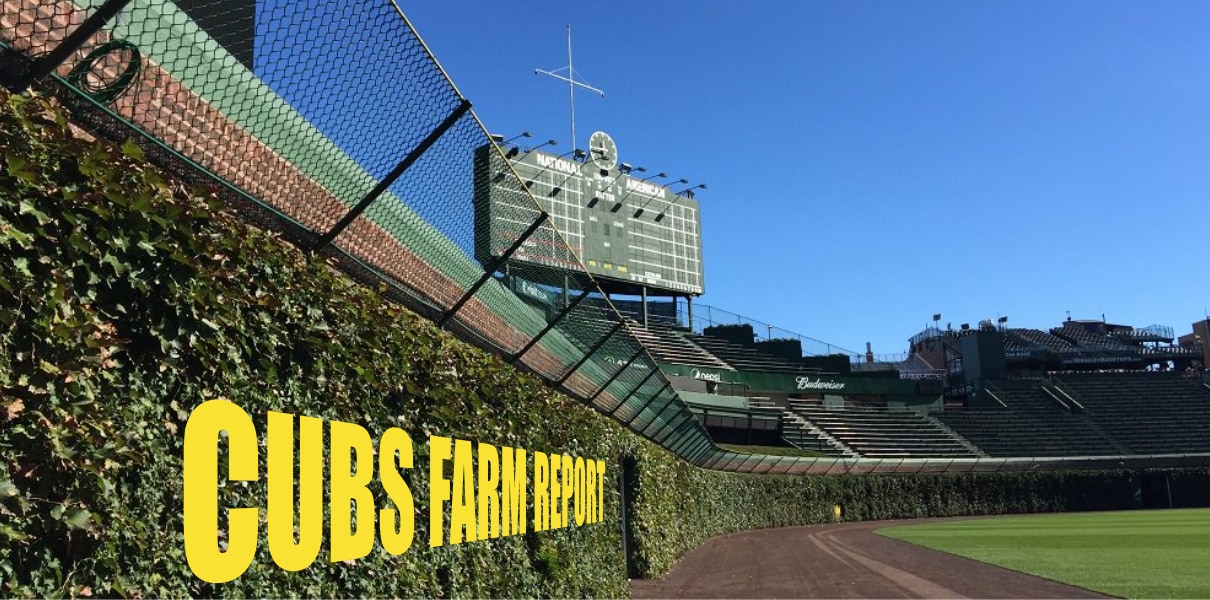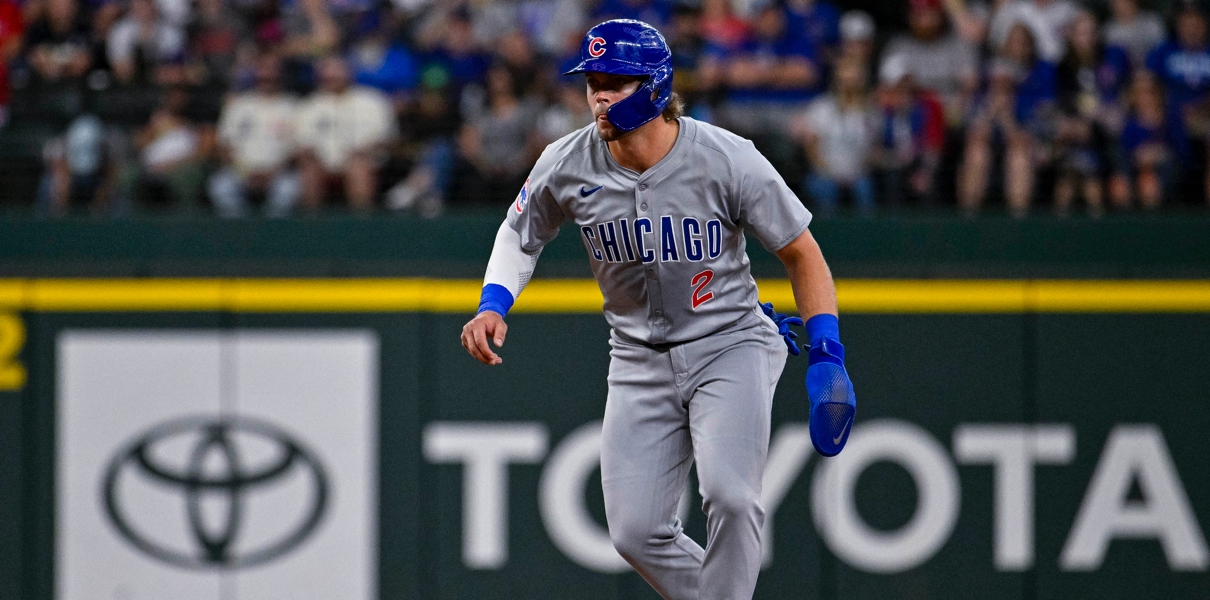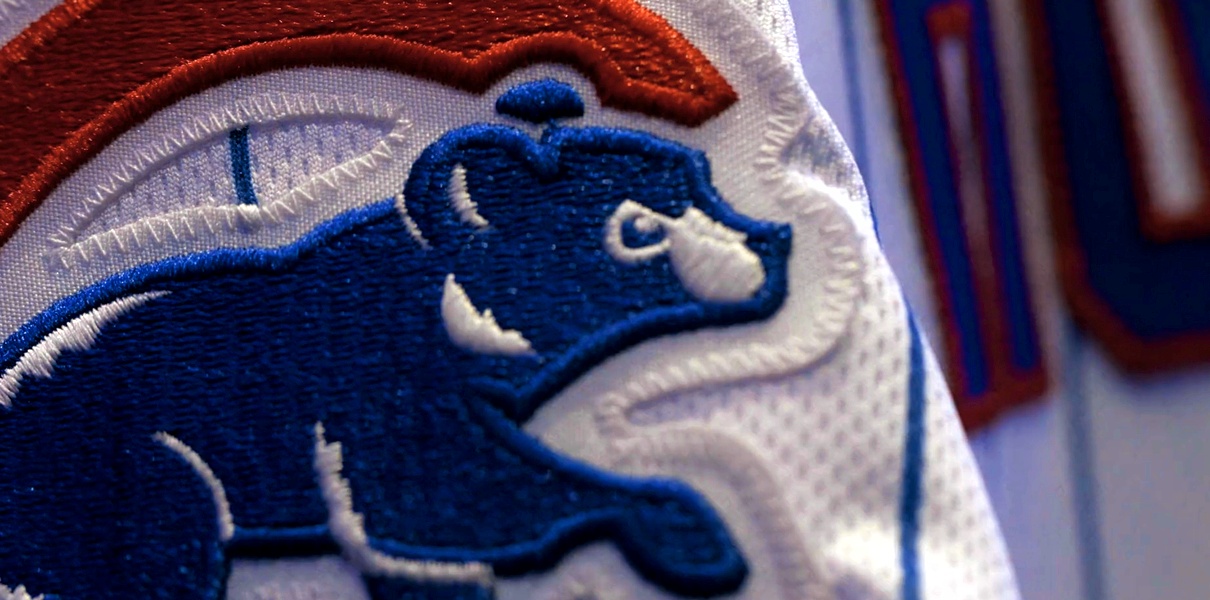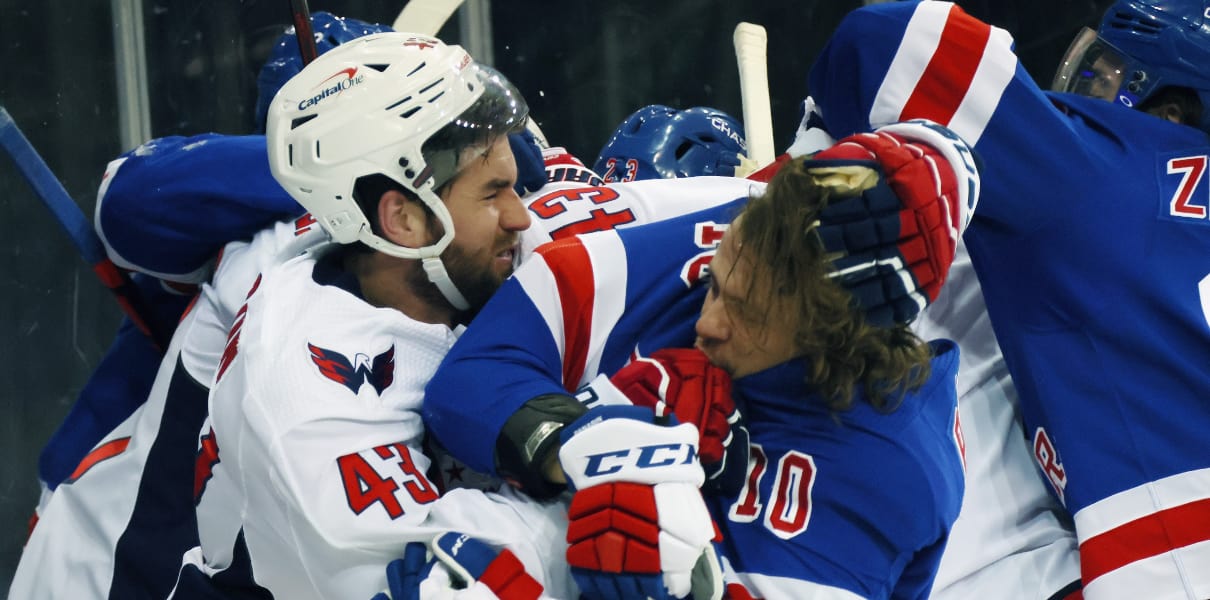In case you missed the Lukewarm Stove earlier, Marc Topkin (Tampa Bay Times) suggested that the Rays very much plan to trade “at least a couple of their bigger-name, higher-salaried players,” in an effort to cut payroll this offseason, and apparently Jake Odorizzi, who’s set to make around $6.5 million in arbitration next season, is at the top of that list.
Given the Cubs’ ever-present needs in the rotation and the general personnel fit with the Rays (the Cubs have plenty of young, cost-controlled talent), this feels worth exploring. There hasn’t been a recent and direct rumor, mind you, but the fit is fairly obvious, Odorizzi’s availability is clear, and the Cubs have been connected to him in the past.
Let’s discuss.
First, the brief history lesson: Odorizzi was drafted by the Milwaukee Brewers in the first round of the 2008 MLB draft. From there, he worked his way through the Brewers, Royals, and Rays systems as a top 100 prospect, reaching as high as #67 after 2013. But don’t let his movement across multiple teams confuse you – he was very much a well-liked and top prospect. He was simply a part of the blockbuster trades that brought Zack Greinke to Milwaukee, and James Shields/Wade Davis to the Royals. Teams wanted a piece of him.
Odorizzi ultimately made his Major League debut with the Royals in 2012, but it wasn’t until 2014, at age 24, that he established himself as an everyday starting pitcher. In his first full season (2014), Odorizzi made 31 starts (168.0 IP) with a 4.13 ERA and 3.75 FIP. He struck out a career-high 24.2% of batters that season, while walking something close to the then-league average (8.2%).
In the two seasons that followed, Odorizzi never came close to matching those strikeout totals (sitting in the 21.5% range), though his walk rate dropped rather considerably (6.6% and 7.0%). In somewhat disappointing fashion, however, his 2015 and ’16 seasons both featured very low ground ball rates and high fly ball rates. He induced plenty of weak contact the first year, but was pretty unspectacular thereafter. All things considered (including the “juiced ball”), I’d say he was VERY lucky to manage the 9.0% and 12.0% HR/FB ratio he induced in 2015 and 2016.
This past season, however, he wasn’t quite as lucky. His ground ball rate took yet another nose dive (30.6%), while his fly ball rate absolutely exploded (47.3%).
Wait, wait, wait. We actually have to stop for a moment, because that’s too important to absorb too quickly.
Let me repeat that and add some context: His 30.6% ground ball rate in 2017 was the second lowest in all of baseball, and his 47.3% fly ball rate was the fourth highest. Now, there are other things to pitching successfully besides getting grounders and limiting fly balls, but in this current offensive environment (juiced ball/fly ball revolution) that’s a borderline deal-breaker. It’s that bad.
The combined impact of a huge fly ball rate and a much less lucky HR/FB ratio (15.5%) led to a whopping 1.88 HR/9 that was sixth worst in baseball … just one spot behind John Lackey.

The results in 2017 weren’t bad, as his 4.14 ERA was actually 3% better than league average. It’s just that, as mentioned above, the peripherals didn’t necessarily support his success, including a .227 BABIP that came despite below average hard/soft contact rates.
I mean, maybe if he paired those numbers with a stellar K/BB ratio. But his walk rate ballooned to 10.1% this season, while his strikeout rate stayed in that 21.0% range. Given what we’ve just uncovered, the Cubs would have to know something about Odorizzi that the Rays don’t, and that seems fairly unlikely given that he wouldn’t even be working with a new pitching coach (the Cubs just hired former Rays pitching coach Jim Hickey, remember?).
Is it really a “change of scenery” if the same coach is, you know, coaching you?
But, okay, let’s assume that the Cubs have reason to believe he can turn it around – there is more to the organization’s pitching infrastructure than only the pitching coach, after all.
So what else does the “Odorizzi package” offer? Well, as we said, he’s still just 27 years old, and a former top prospect. That sort of pedigree and youth tends to come alongside a higher overall ceiling. Those ceilings are rarely touched, of course, but when it clicks, the results can be magnificent (Jake Arrieta). On top of that, he’s second year arbitration eligible and is projected to earn just $6.5 million in 2018, before taking a final trip through arbitration in 2019, and becoming a free agent in 2020. So, the commitment, both in dollars and years, is very low.
But make no mistake, 2017 was a low point for Odorizzi (did I mention he spent some time on the disabled list with a lower back strain?), and that might make a value agreement between the Rays and Cubs quite difficult.
The only way I can see this working is if the Rays are truly as determined to cut payroll as they’ve indicated and, thus, are willing to give up Odorizzi for almost nothing of note (I’m talking borderline non-tender level). Because for anything else, I can’t see the Cubs getting involved. At almost no cost, at least you could bring Odorizzi in to eat some innings while rolling the dice on a return to form – and if it doesn’t happen, all you’re out is some money.
Brett Taylor contributed to this post.




